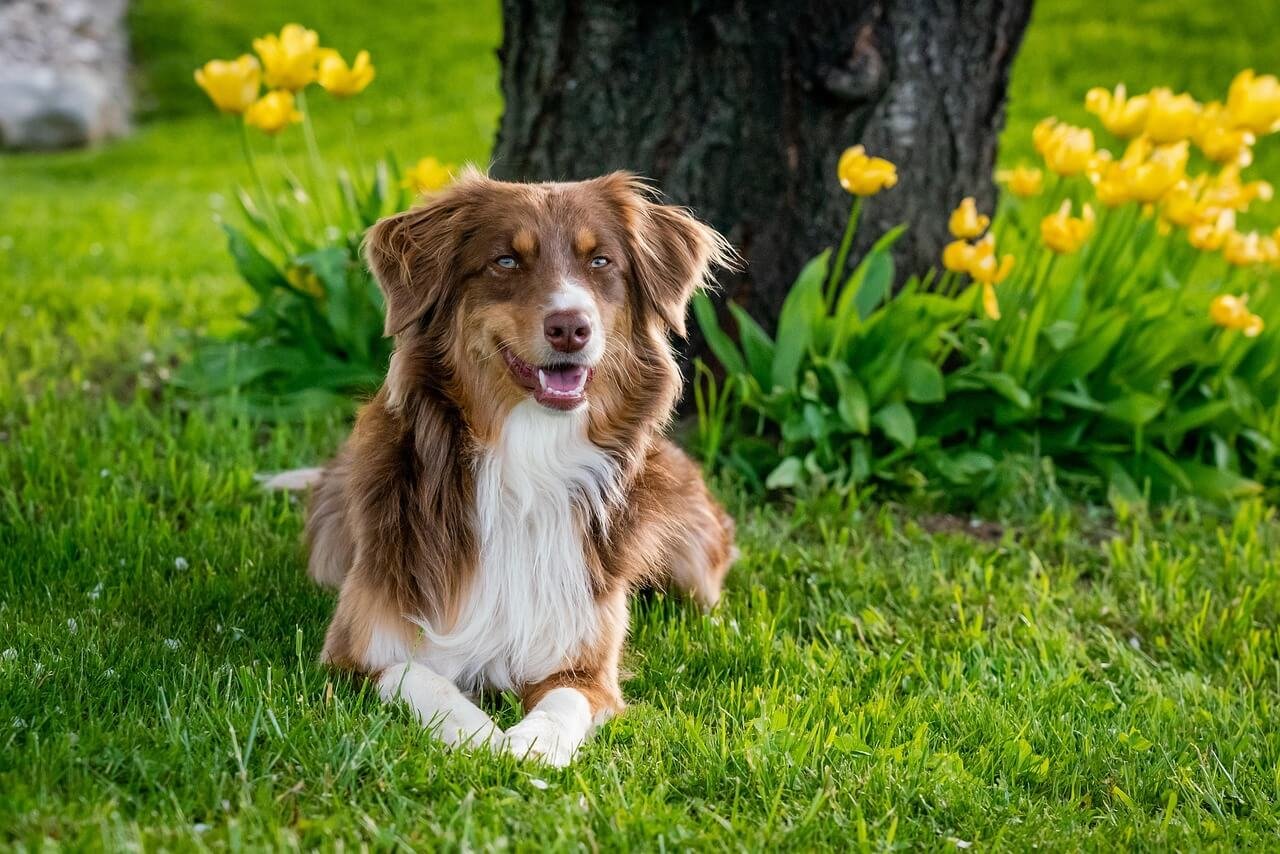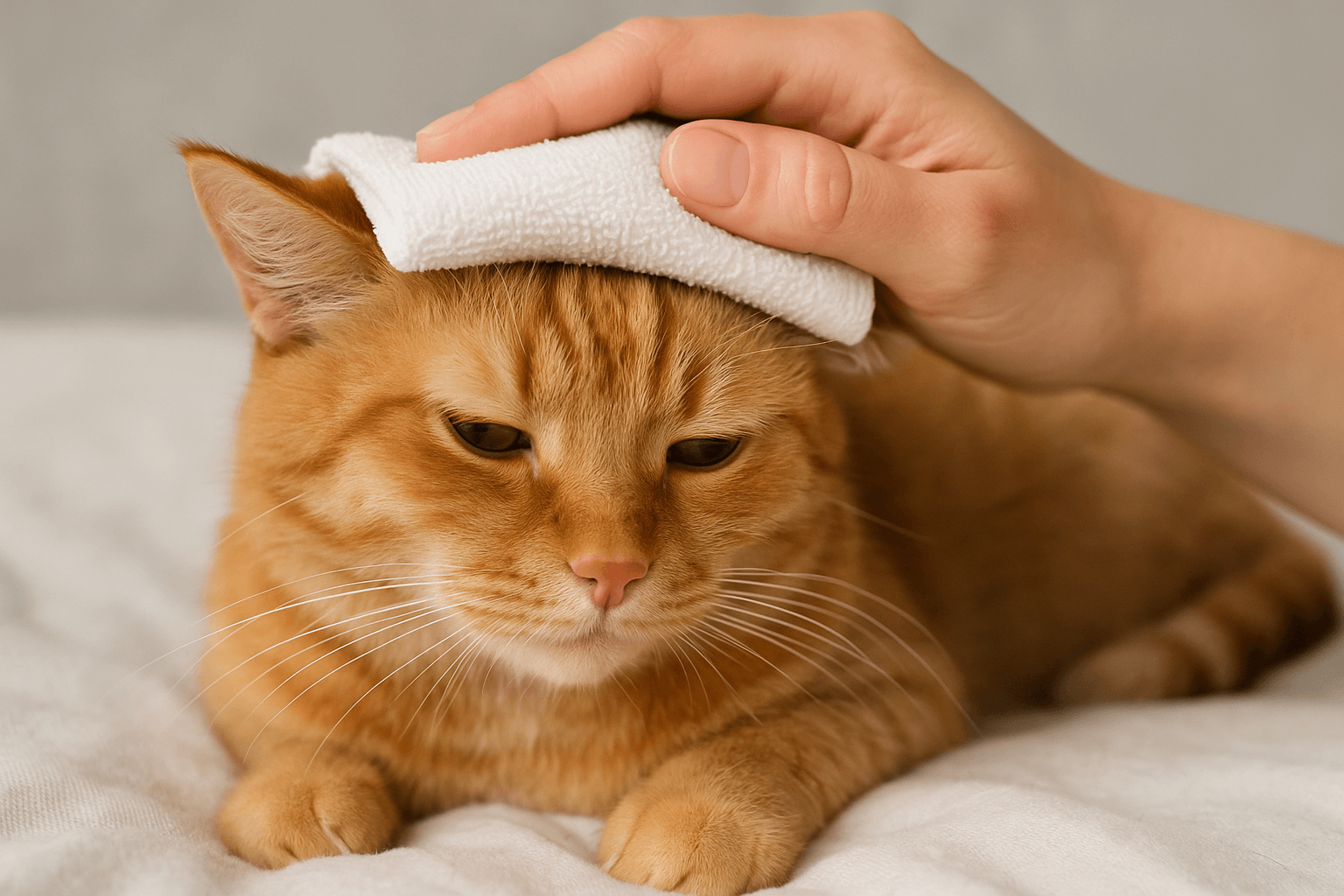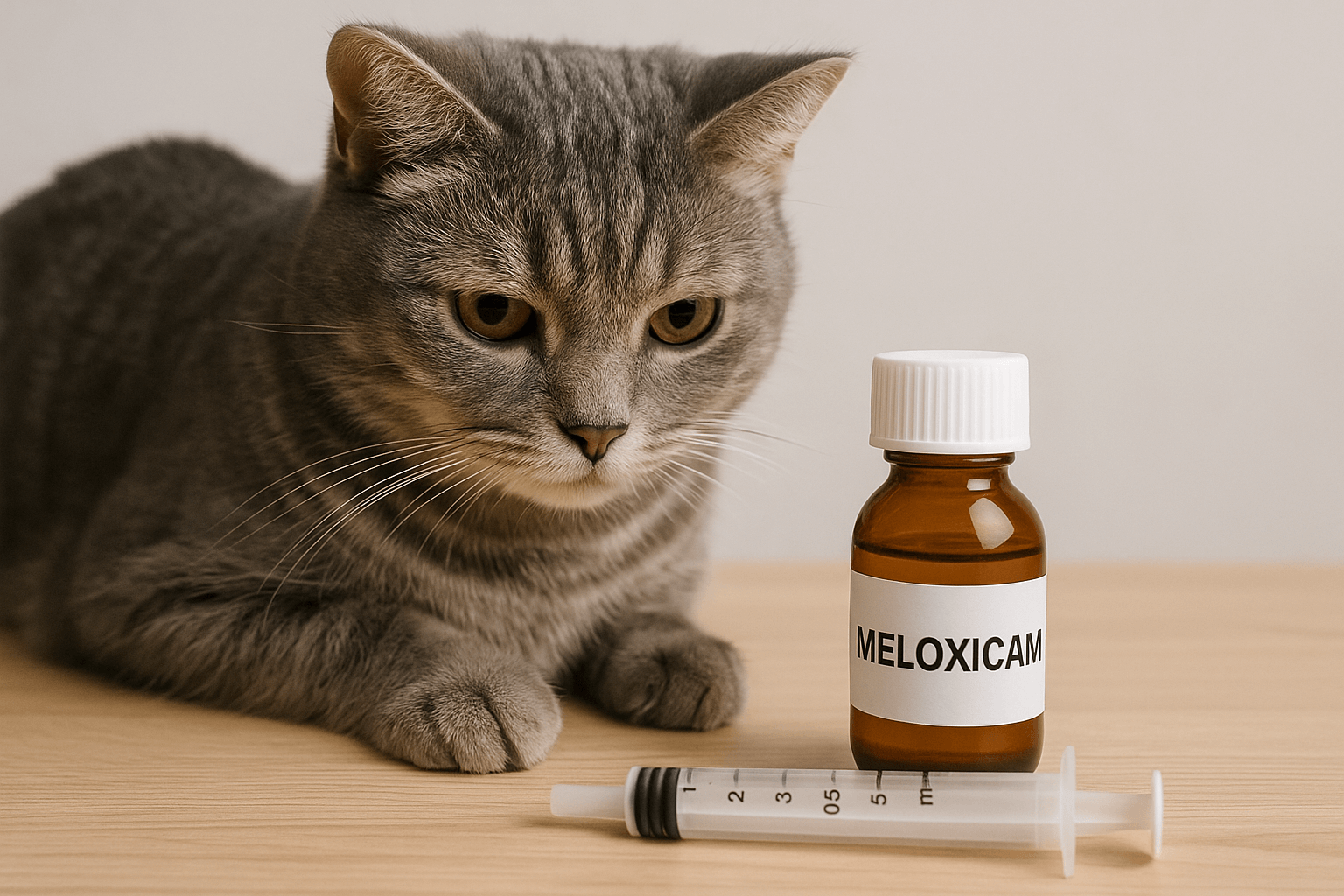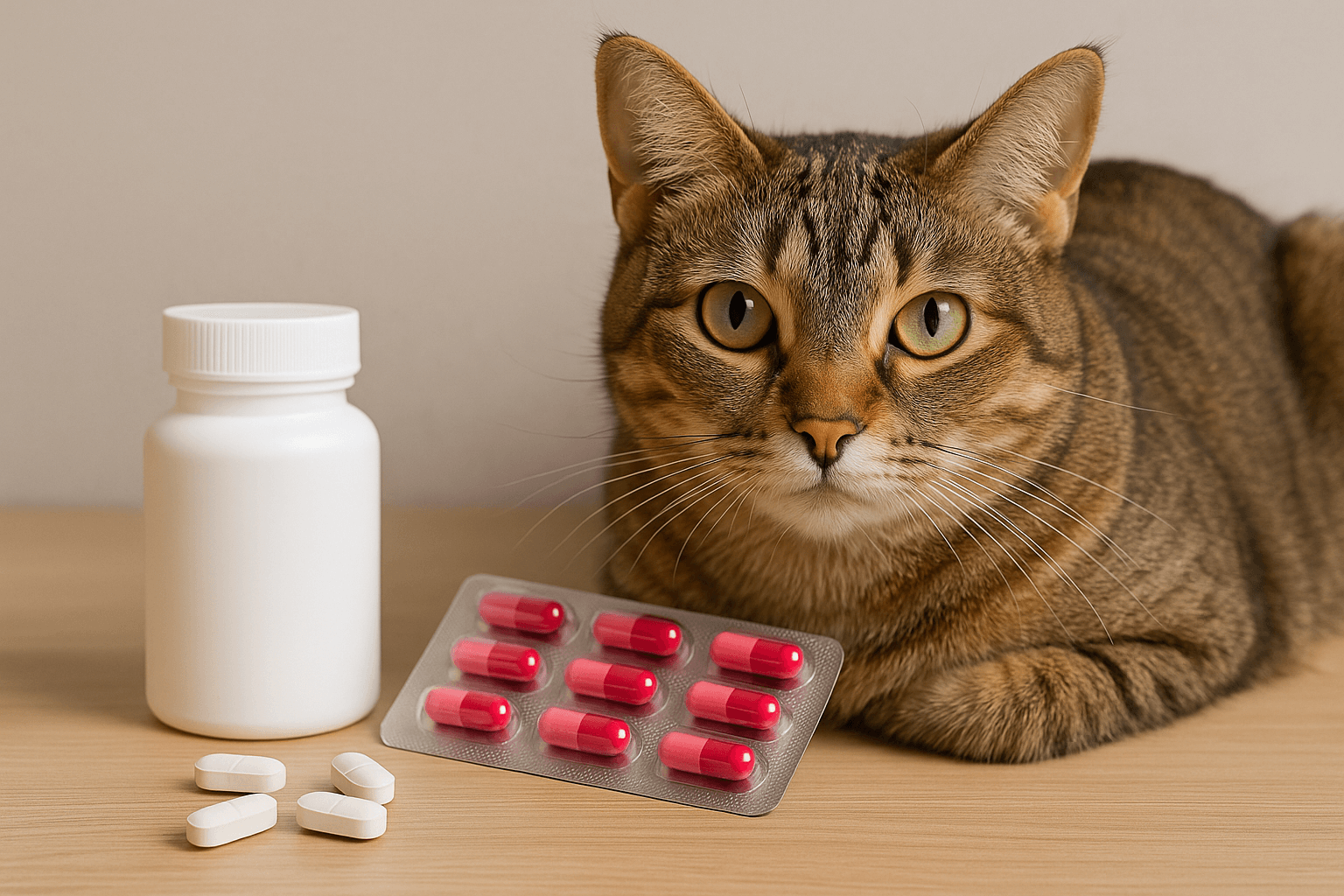Understanding Infected Swollen Spay Incisions in Dogs
If you’ve noticed that your dog’s spay incision is swollen or appears infected, it’s natural to feel concerned. A spay surgery is a routine procedure, but complications can occur, and recognizing the signs of infection early is crucial for your pet’s recovery. In this blog post, we’ll explore what an infected swollen spay incision looks like, why it happens, and how you can address it effectively. Whether you’re a first-time dog owner or simply want to be prepared, this guide will help you navigate this challenging situation with confidence and care.
Signs That Indicate an Infected Swollen Spay Incision
It’s important to monitor your dog closely after a spay surgery to ensure proper healing. An infected or swollen incision can manifest in various ways, and identifying these symptoms early can make a significant difference in your dog’s recovery. Below are some common signs to watch out for:
Redness Around the Incision Area
An increase in redness surrounding the incision site may indicate inflammation or infection.Swelling That Persists or Worsens
While mild swelling is normal immediately after surgery, persistent or growing swelling could signal a problem.Discharge from the Incision
Yellow, green, or pus-like discharge is often a sign of infection and should not be ignored.Foul Odor Emanating from the Wound
A strong, unpleasant smell coming from the incision area is a clear indication of infection.Excessive Licking or Chewing at the Site
If your dog is obsessively licking or chewing the incision, it could be a response to discomfort caused by an infection.
If you notice any of these signs, it’s essential to contact your veterinarian promptly. Early intervention can prevent further complications and ensure your dog heals properly.
Common Causes of Infected Swollen Spay Incisions
Understanding the potential causes of an infected or swollen spay incision can help you take preventive measures and respond appropriately if complications arise. Here are some factors that might contribute to this issue:
Poor Post-Surgery Hygiene
Failure to keep the incision site clean and dry can lead to bacterial infections.Excessive Activity or Movement
Too much physical activity can strain the incision, causing it to swell or open up, which increases the risk of infection.Licking or Biting the Wound
Dogs naturally lick their wounds, but excessive licking can introduce bacteria and delay healing.Underlying Health Conditions
Conditions like diabetes or a weakened immune system can make your dog more susceptible to infections.Improper Surgical Aftercare
Not following the veterinarian’s post-operative care instructions can lead to complications.
By addressing these potential causes, you can minimize the risk of infection and promote a smoother recovery for your furry friend.
Check this guide 👉My Dog Jumped After Being Spayed: Best 7 Expert Tips
Check this guide 👉Can You Spay a Dog in Heat? Best 7 Expert Tips!
Check this guide 👉7 Warning Signs After Spaying Your Dog You Can’t Ignore!
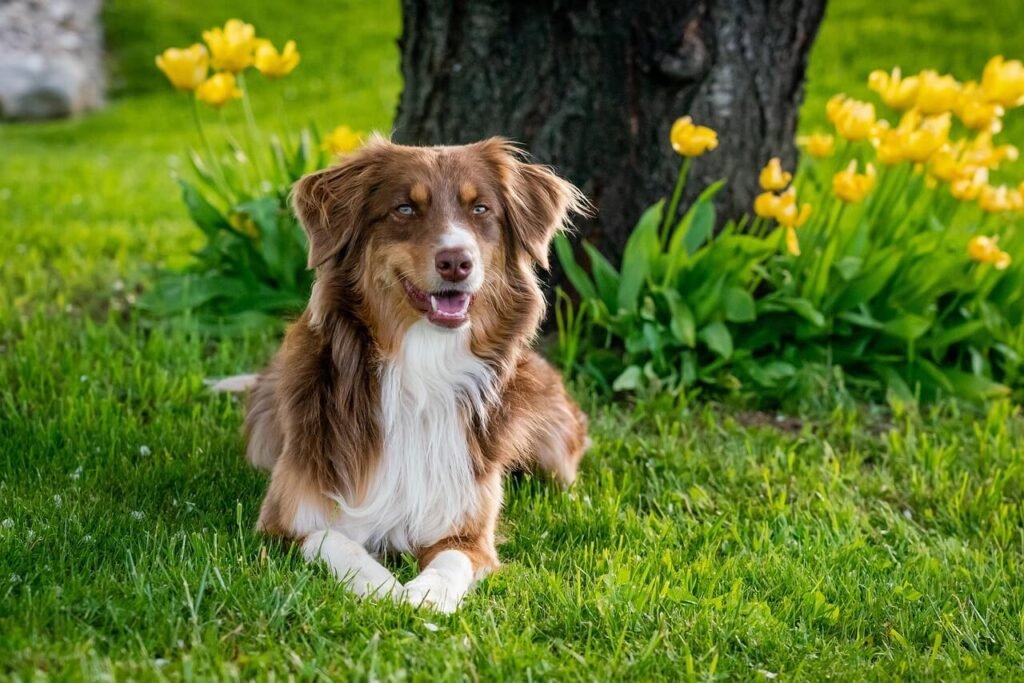
Preventive Measures | Signs of Infection |
|---|---|
Keep the incision site clean | Redness around the incision |
Limit physical activity | Persistent or worsening swelling |
Use an Elizabethan collar | Discharge from the wound |
Follow vet-prescribed medications | Foul odor from the incision |
Monitor for unusual behavior | Excessive licking or chewing |
Steps to Take if You Suspect an Infection
If you suspect that your dog’s spay incision is infected or swollen, taking prompt action is critical. Here’s a step-by-step guide on what to do:
Contact Your Veterinarian Immediately
Your vet will assess the situation and provide appropriate treatment options.Avoid Applying Over-the-Counter Medications
Using human medications or creams without veterinary guidance can worsen the condition.Keep the Area Clean and Dry
Gently clean the area with a vet-recommended antiseptic solution if advised.Prevent Your Dog from Licking the Wound
Use an Elizabethan collar or other protective gear to deter licking.Monitor for Changes in Behavior
Look for signs of lethargy, loss of appetite, or fever, which may indicate a more serious issue.
Taking these steps can help manage the situation until you can get professional medical advice.
Tips for Preventing Complications After Spay Surgery
Prevention is always better than cure, especially when it comes to surgical procedures. Here are some tips to help ensure a smooth recovery for your dog:
Follow All Post-Operative Instructions
Adhere strictly to the care guidelines provided by your veterinarian.Restrict Physical Activity
Limit your dog’s movement and avoid activities like running or jumping for at least two weeks.Check the Incision Daily
Regular inspections will help you catch any issues early.Maintain a Stress-Free Environment
A calm environment can reduce stress and promote faster healing.Attend Follow-Up Appointments
These appointments allow your vet to monitor your dog’s progress and address any concerns.
By implementing these practices, you can significantly reduce the risk of complications and support your dog’s recovery journey.
Common Misconceptions About Spay Surgery Recovery
There are several misconceptions about spay surgery recovery that can lead to improper care. Understanding the truth behind these myths is essential for ensuring your dog heals without complications. Here are some common misconceptions and the facts you need to know:
Myth: Dogs Should Be Allowed to Run Freely After Surgery
In reality, excessive activity can strain the incision site and delay healing.Myth: Licking Helps Heal the Wound
While dogs instinctively lick their wounds, it can actually introduce bacteria and worsen infections.Myth: Swelling Always Indicates a Serious Problem
Mild swelling is normal, but persistent or severe swelling should be evaluated by a vet.Myth: Antibiotics Are Always Necessary
Antibiotics are only prescribed when there’s a confirmed infection, not as a preventive measure.Myth: A Small Amount of Discharge Is Normal
Any discharge, even a small amount, should be reported to your veterinarian.
By understanding these misconceptions, you can avoid unnecessary mistakes and provide better post-operative care for your dog.
How to Comfort Your Dog During Recovery
Recovery from spay surgery can be uncomfortable for your dog, but there are ways to make the process easier and more soothing. Providing comfort not only helps your dog feel better but also reduces stress, which can speed up healing. Here are some tips to keep your dog comfortable during this time:
Create a Quiet and Cozy Space
Designate a calm area where your dog can rest without disturbances.Provide Soft Bedding
A soft, clean bed can help reduce pressure on the incision site.Offer Gentle Affection
Spend time petting or talking softly to your dog to reassure them.Use Calming Aids if Recommended
Products like calming sprays or supplements can help reduce anxiety.Distract with Safe Toys
Choose toys that don’t require much physical activity, such as chew toys or puzzle feeders.
By focusing on your dog’s comfort, you can make the recovery period less stressful for both of you.
When to Seek Emergency Veterinary Care
While many post-spay complications can wait for a regular vet appointment, some situations require immediate attention. Knowing when to seek emergency care can save your dog from serious health risks. Here are signs that warrant an urgent visit to the vet:
Severe Bleeding from the Incision
If the incision is bleeding heavily or won’t stop, it’s a medical emergency.Signs of Shock
Symptoms like pale gums, rapid breathing, or collapse indicate a critical situation.High Fever
A temperature above 103°F (39.4°C) could signal a systemic infection.Refusal to Eat or Drink
If your dog hasn’t eaten or drunk water for more than 24 hours, it’s a cause for concern.Difficulty Breathing
Labored or rapid breathing may indicate internal complications.
Recognizing these signs early and acting quickly can make a significant difference in your dog’s prognosis. Always trust your instincts—if something feels wrong, consult your vet immediately.
FAQ
How long does it take for a spay incision to heal?
Typically, a spay incision takes about 10-14 days to heal, but full recovery may take up to four weeks.
Can I bathe my dog after a spay surgery?
It’s best to wait at least 10-14 days before bathing your dog to avoid irritating the incision.
What should I do if my dog licks the incision?
Use an Elizabethan collar or similar device to prevent licking, as it can introduce bacteria and delay healing.
Is swelling normal after a spay surgery?
Mild swelling is normal, but persistent or worsening swelling may indicate an infection.
When should I call the vet?
Contact your vet if you notice redness, discharge, foul odor, excessive swelling, or changes in behavior.
Supporting Your Dog’s Recovery Journey
Dealing with an infected swollen spay incision can be stressful, but with the right knowledge and approach, you can help your dog recover safely and comfortably. By staying vigilant, following your veterinarian’s advice, and providing a supportive environment, you can ensure your furry companion heals properly. Remember, your dog relies on you for care and comfort, and your attentiveness can make all the difference in their recovery process. If you ever have doubts or concerns, don’t hesitate to reach out to your vet—they’re there to help you and your dog through every step of the journey.
Cat Fever Treatment: Best 7 Expert Tips! Discover expert advice on identifying, managing, and treating fever in cats to ensure their quick recovery and well-being.
Understanding Meloxicam for Cats: Best 7 Expert Tips! Learn how to safely administer meloxicam, manage side effects, and ensure your cat's comfort with expert advice on feline pain relief.
Amoxicillin for Cat UTI: Best 7 Expert Tips! Discover safe usage, dosage guidelines, and expert advice on treating feline urinary tract infections effectively with amoxicillin.
Understanding Cat Cancer Treatment: Best 7 Expert Tips! Discover expert advice on managing feline cancer, from early detection to treatment options, ensuring your cat’s health and comfort.

